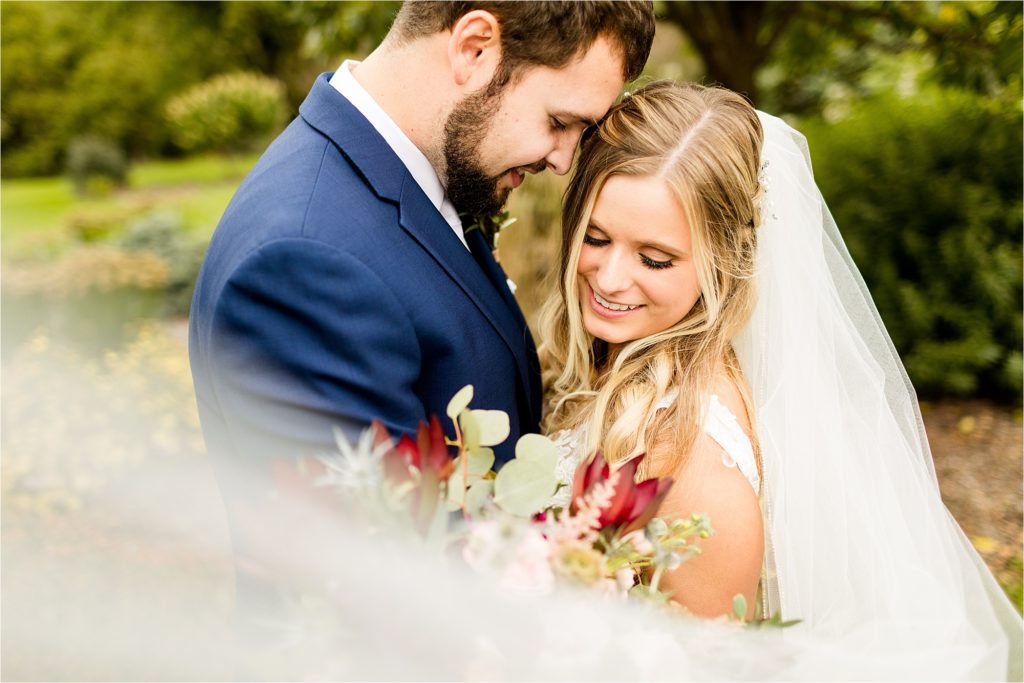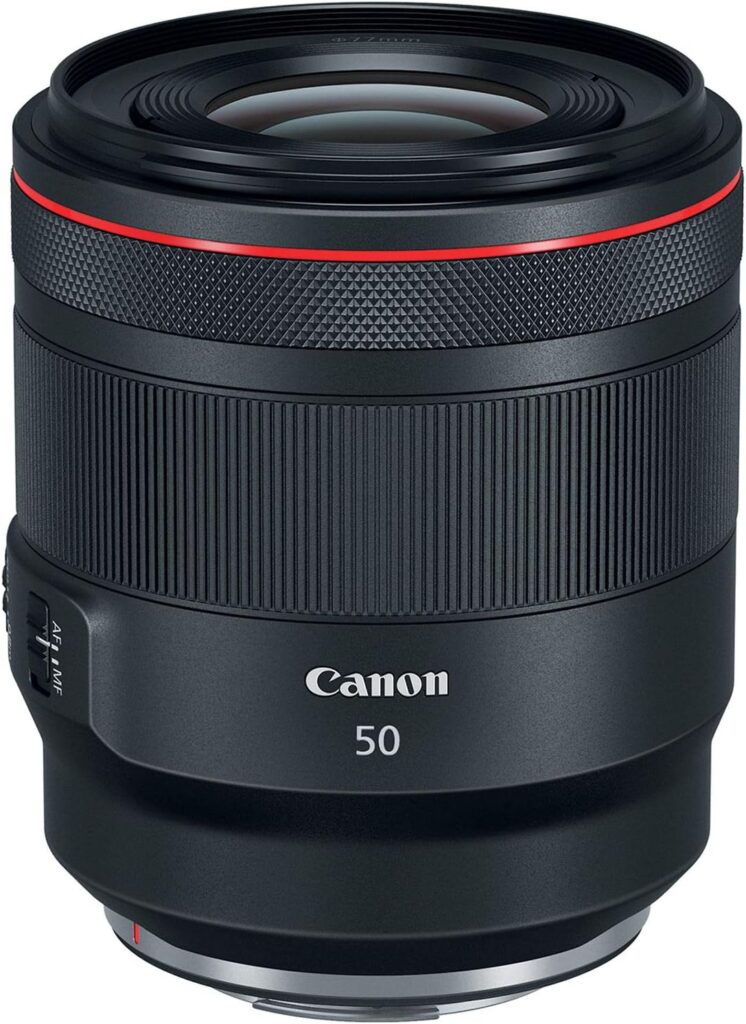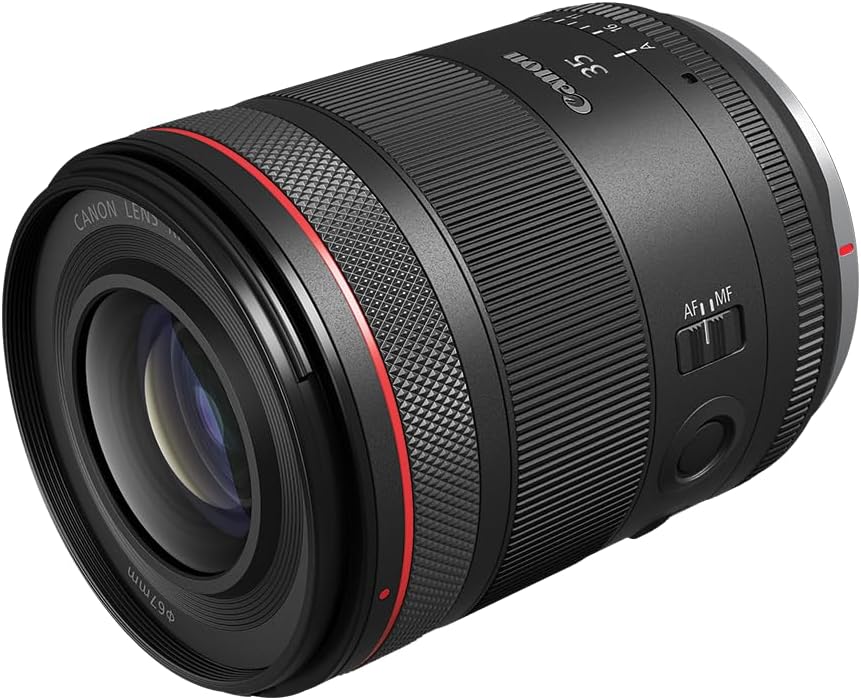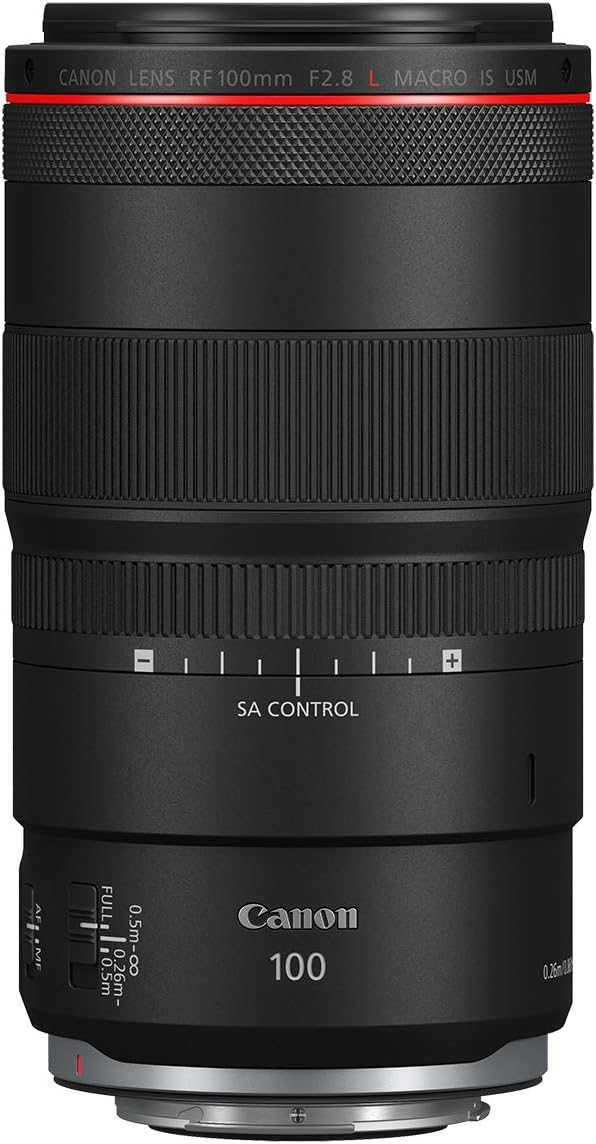
I vividly remember when we were able to purchase our first prime lense. It was the 50mm 1.2 and we loved that thing. It became a cherished lense of ours and something we were able capture some of our favorite images with. If you are in the market for your first prime lens it can feel like a big deal. With price tags that might make your eyes water and technical terms being thrown around in every review, it’s normal to feel overwhelmed.
Before we get started, if you’re just getting started in wedding photography, investing in the right gear can make a huge difference in your work. Need help figuring out what else belongs in your camera bag? Check out our wedding photography gear guide for our top recommendations. Once you’ve got the right tools, the next step is booking clients—our wedding photography marketing tips will help you attract couples who love your work. And if you’re dreaming of turning this passion into a full-time career, our step-by-step guide to becoming a wedding photographer breaks down everything you need to know, from pricing to portfolio building. Plus, don’t miss our SEO strategies for wedding photographers to help you get found by the right clients online!
Now, let’s break this down together and help you find the perfect lens for your wedding photography journey.
Table of Contents
What Makes Canon Prime Lenses Great for Weddings
First things first: what exactly is a prime lens? A prime lens has a fixed focal length – meaning it doesn’t zoom in or out. The term “prime” comes from mathematics, where a prime number can’t be divided into equal parts. Similarly, a prime lens’s focal length is fixed and can’t be divided into multiple focal lengths like a zoom lens can.
While zoom lenses are like having a whole toolkit in one piece (which is great!), prime lenses are like having the perfect tool for a specific job. It’s similar to cooking – sure, a multi-cooker is versatile, but sometimes you just can’t beat a well-seasoned cast iron pan for that perfect sear.
When you first hear about a lens that doesn’t zoom, it might sound limiting. But here’s a secret: working with a prime lens is like learning to dance. At first, you focus on where to put your feet (or in this case, where to stand), but soon it becomes natural, and you’ll find yourself moving instinctively to get the perfect shot.
Prime lenses are built with fewer glass elements inside because they only need to do one job – capture a single focal length perfectly. Think of it like a chef’s knife versus a multi-tool: when a tool is designed to do one thing really well, it often does that job better than something designed to do many things. This focused design helps prime lenses capture images that are incredibly sharp and rich in detail. When you’re editing your wedding photos, you’ll notice the colors and details pop right off the screen, often needing minimal adjustment to look fantastic.
Canon RF 50mm f/1.2L: The Versatile Storyteller
The RF 50mm f/1.2L might just be the most versatile prime lens Canon has ever created. If you’re wondering why so many wedding photographers start with a 50mm, it’s because this focal length just makes sense for the way we work. You know that feeling when you walk into a getting-ready room and instantly know where to stand to get the shot? That’s what shooting with a 50mm feels like – it’s intuitive.
Dark church ceremonies and candlelit receptions used to give photographers nightmares. But the f/1.2 aperture on this lens changes everything. Picture this: you’re photographing the couple’s first dance in a dimly lit barn. Instead of cranking up your ISO and hoping for the best, you can shoot confidently at f/1.2, capturing sharp, clean images that retain all the ambiance of the moment.
What really sets this lens apart is how it handles different situations throughout a wedding day. During morning preparations, you can photograph a makeup artist working without being right in their space. Need to quickly switch to capturing the emotional moment when a bridesmaid sees the bride in her dress? No problem – you’re already at the perfect distance. The 50mm teaches you to anticipate moments rather than chase them.
Canon RF 85mm f/1.2L: Portrait Perfection
Let’s talk about what makes the 85mm focal length so beloved for wedding portraits. When you step back with an 85mm lens, something magical happens – faces look more natural, features appear more balanced, and people simply photograph beautifully. The technical explanation involves something called compression, but what really matters is that your clients will love how they look in these photos.
The RF 85mm f/1.2L takes things even further with its incredible light-gathering ability. Remember when you’ve seen a couple perfectly lit against a soft, dreamy background in wedding photos? That’s exactly what this lens can create. At f/1.2, you’re not just taking portraits – you’re crafting images that look editorial without spending hours in editing.
One of the biggest advantages of shooting with an 85mm is the physical distance it creates between you and your subjects. Standing eight to ten feet away means you won’t intrude on intimate moments like the father-daughter first look or quiet moments during couple portraits. Yet the photos still feel deeply personal and connected. It’s this balance of distance and intimacy that makes the 85mm such a powerful tool for wedding photographers.
Canon RF 35mm f/1.4L: The Documentary Master
If you find yourself constantly backing up to “fit it all in,” the RF 35mm f/1.4L will feel like a breath of fresh air. This lens captures moments the way you actually remember them – with just enough space to tell the whole story.
Getting ready rooms are where this lens truly comes alive. No more pressing yourself against walls or doorframes trying to capture the full scene. With the 35mm, you can show the bride getting her makeup done while capturing her mom and sister’s reactions in the background. That wider perspective means you’re not just documenting what people look like, but how the moment actually felt.
The f/1.4 aperture makes this lens incredibly versatile in dark reception venues. Ever notice how wedding photographers seem to float around the dance floor capturing both couples and the surrounding energy? The 35mm’s slightly wider view combined with that bright aperture lets you work close to the action while still showing the context of the celebration.
A quick note about distortion – unlike wider lenses that can make people at the edges of the frame look stretched, the 35mm keeps everyone looking natural as long as you stay mindful of your distance. Keep your subjects toward the center when shooting portraits, and you’ll never have to worry about unflattering perspective effects.
Canon RF 100mm f/2.8L Macro: The Detail Specialist
Wedding details tell stories that words often miss – the vintage locket pinned to a bouquet, the hand-embroidered date on a dress label, or the weathered band passed down through generations. The RF 100mm f/2.8L Macro brings these tiny narratives to life in ways other lenses simply can’t match.
This lens does something remarkable: it captures subjects at actual size on your camera’s sensor (that’s what the 1:1 macro ratio means). In practical terms, this means you can fill an entire frame with a single wedding ring, showing details even the naked eye might miss. But here’s what makes it special for wedding photography – you can do this from a comfortable working distance without casting shadows on your subject.
Most photographers buy the 100mm macro thinking it’s just for detail shots, but it has a secret talent – it’s an outstanding ceremony lens. That same working distance that lets you shoot tiny details also means you can capture intimate ceremony moments without being conspicuous. During the ring exchange or unity ceremony, you can stand back and still get frame-filling shots without disturbing the moment.
The f/2.8 aperture might seem modest compared to other prime lenses, but for macro work, it’s ideal. When you’re working with a razor-thin depth of field to capture ring details or invitation texture, f/2.8 gives you just enough wiggle room to nail focus while still creating beautiful background blur.
Here’s a pro tip that will save you time: when shooting details, start at f/5.6 and gradually open up your aperture. This approach helps you find the sweet spot between sharp details and artistic blur much faster than starting wide open and stopping down.
Making Your Choice: Where to Begin
Starting your prime lens journey is a lot like developing your personal style as a photographer – it takes time, and that’s okay. Pick one lens that aligns with the moments you love to capture most. If dramatic portraits make your heart sing, go for the 85mm. If you find yourself drawn to storytelling and candid moments, the 35mm might be your match. There’s no wrong choice here – just different tools for different visions.
Remember to give yourself time to learn your new lens. Spend a few engagement sessions focusing solely on what it can do. Test it in different lighting conditions. Push its limits. The more familiar you become with your chosen lens, the more it becomes an extension of your creative vision rather than just another piece of gear in your bag.
Each of these Canon prime lenses has its own strengths, and they all serve different purposes throughout a wedding day. Start with the one that best matches your shooting style and the types of images you want to create. As your style evolves and your business grows, you can add more lenses to your kit. The key is finding the right tool that helps you tell your clients’ stories in the most beautiful way possible.
Affiliate Disclosure: Some links in this post are affiliate links, meaning we may earn a commission if you make a purchase through our links, at no extra cost to you. As wedding photographers ourselves, we only recommend gear we’ve thoroughly researched or would use in our own business. Your support helps us continue creating valuable content for the photography community.



